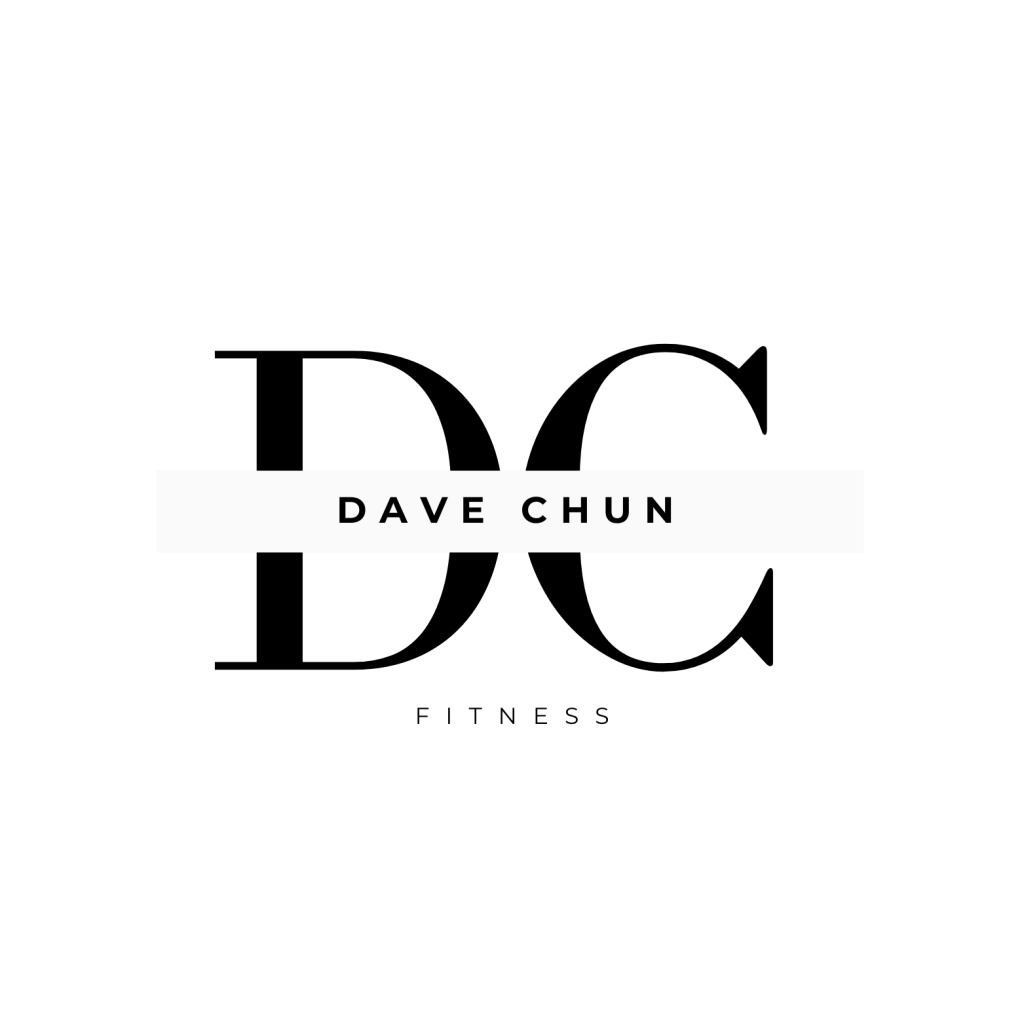A few months ago, I took an online course called Body Matter through McGill University in Canada. One of the topics that piqued my interest was a presentation by a guy who was in charge of circus training at Cirque De Soliel for 10 years. He opened his talk with the concept he called physical literacy. As in math and reading, his thought was that physical literacy is correspondingly important. That means, he saw a critical need for a curriculum of basic physical skills like jumping, running, climbing, falling, catching, throwing, swing, and balancing. In some ways, I have been on this task to educate my body in my last few years. The funny thing is that I am doing the stuff I used to do for fun as a kid in Korea.
Isolation vs. Intergration
In the conventional fitness setting, the emphasis is on bodybuilding. Workouts in bodybuilding is about isolation. The body, however, should at the end of the day need to function in an integrated way. In today’s world, less important is what the body can do versus what it looks like. In this environment we have mistakenly come to equate having big biceps or a trim waist with health. When I used to work for a gym—which was a long time ago—one of frequent member complaints was that they were bored with their workouts and I often got numerous requests to write them new workout routines. Moreover, I was also personally dissatisfied with my own bodybuilding training. I wanted to be training for something and not just train for the sake of training, which led me to study mixed martial arts (MMA) and join a climbing gym.
Around 2006, this same gym brought in Crossfit, which I did not know much about. But the current boom of Crossfit gyms across the U.S. speaks volumes about the movement away from conventional fitness and bodybuilding approaches and to more functional—I would say purposeful—fitness. According to its founder, the Crossfit approach to fitness is what famed Russian sports scientist Vladimir Verkhoshansky coined as general physical preparedness or GPP. The saying “jack of all trades, master of none” is the fitness approach of Greg Glassman, the founder of Crossfit. As stated in The Box article Origins of Crossfit, “the goal is not to achieve specialized abilities and fitness that applies to one particular set of movements.” Unlike Glassman, however, Verkhoshansky only saw GPP as the groundwork for specialized physical preparedness, or SPP. Paradoxically, this can be observed in the Crossfit Games. The Crossfit competitors do not train as Glassman recommends; they actually conduct SPP to prepare for the Games.
All this being said, my question in my mind has been: How can we bring the concept of physical literacy to the forefront? Shouldn’t our primary goals be about building physical competence for the purposes of applying those skills to whatever we desire to do—like playing a sport, doing housework, playing tag with your kids, etc—which I think would make our fitness pursuits more interesting and fun.

0 responses to “Physical Literacy”